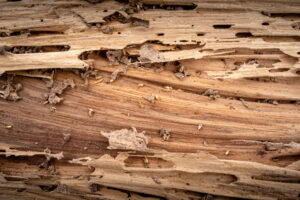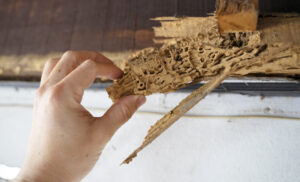
Introduction: Termites are silent destroyers, capable of causing extensive damage to your home without you even noticing until it’s too late. These tiny pests feed on cellulose-based materials such as wood, paper, and cardboard, making your home their prime target. To safeguard your property and belongings from the devastating effects of termite infestation, it’s imperative to invest in professional termite control services.
Understanding the Threat: Termites are a constant threat to homeowners, particularly in regions with warm and humid climates. These pests can enter your home through the smallest cracks and crevices, establishing colonies within walls, floors, and even furniture. Once inside, termites work tirelessly, chewing through wooden structures and causing significant structural damage. Ignoring the presence of termites can lead to costly repairs and compromises the safety and integrity of your home.
The Role of Professional Pest Control Services: While DIY solutions may offer temporary relief, they often fail to address the root cause of the problem. Professional termite control services provide comprehensive solutions tailored to your home’s unique needs. Here’s how professional pest control experts can help:
- Thorough Inspection: Trained technicians conduct a detailed inspection of your property to identify signs of termite activity, including mud tubes, damaged wood, and swarmers. This thorough assessment allows them to develop an effective treatment plan.
- Customized Treatment Options: Professional pest control companies offer a range of treatment options tailored to the severity of the infestation and the layout of your home. From liquid termiticides and baits to fumigation techniques, they utilize the most advanced methods to eradicate termites and prevent future infestations.
- Long-Term Protection: Unlike DIY solutions that may provide temporary relief, professional termite control services focus on long-term protection. Through ongoing monitoring and preventive measures, they ensure that your home remains termite-free for years to come.
- Safety and Compliance: Professional pest control technicians adhere to strict safety protocols and use environmentally friendly products to minimize any risks to your family, pets, or the environment. Additionally, they stay updated on industry regulations and guidelines to ensure compliance with all relevant standards.
- Expertise and Experience: With years of experience and expertise in termite control, professional pest control companies have the knowledge and resources to tackle even the most challenging infestations. They employ proven strategies backed by scientific research to deliver effective results.
Conclusion: Protecting your home from termite infestation requires proactive measures and professional expertise. By investing in professional termite control services, you can safeguard your property, preserve its value, and enjoy peace of mind knowing that your home is termite-free. Don’t wait until it’s too late—take action today to defend your home against these relentless pests.


